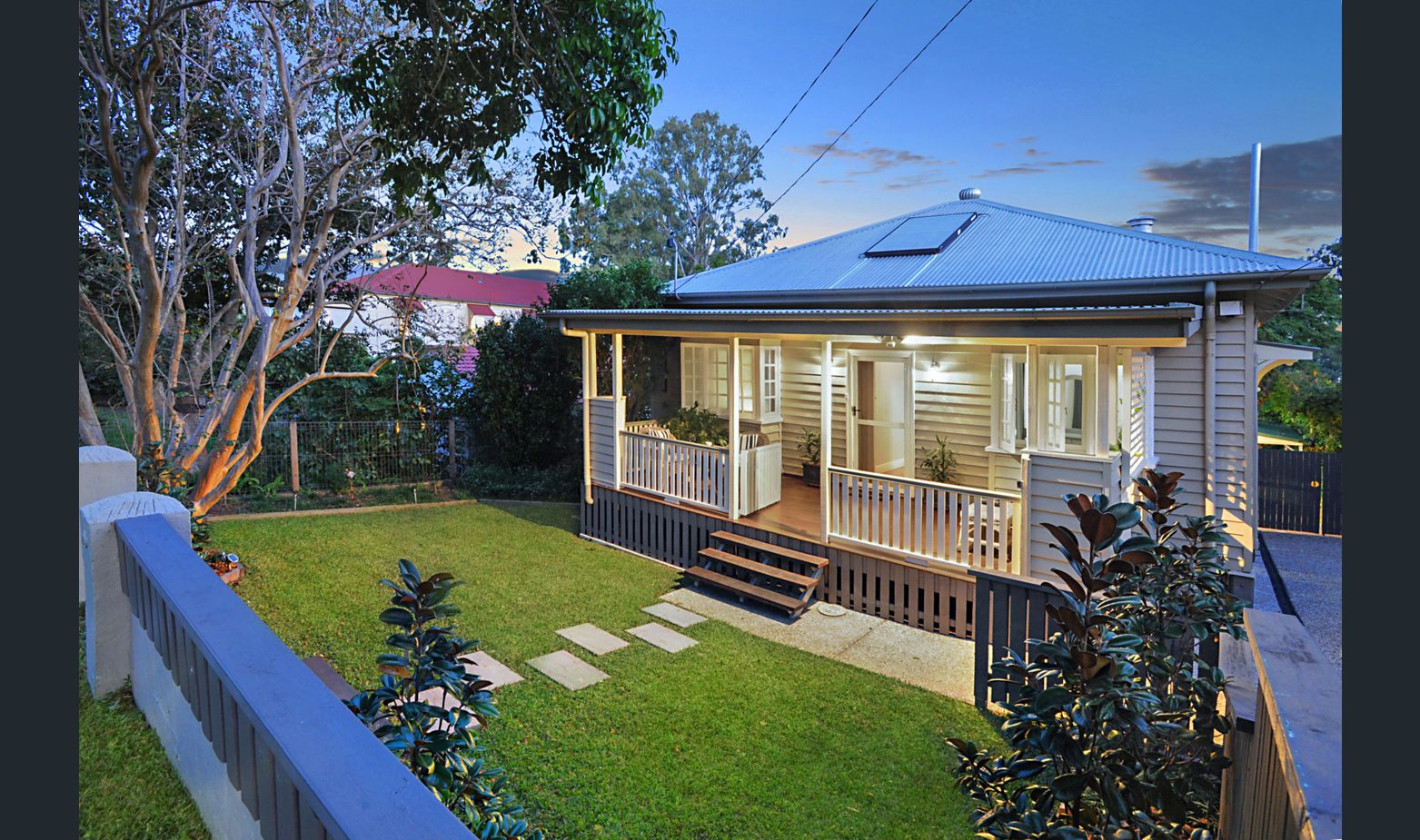As a Buyer’s Advocate and a Qualified Property Investment Advisor, I am often asked to source a property that will result in a positive cash flow for the investor. However, when I am asked this, I always ask why and what they want to achieve.
It may not be the most beneficial purchase for them at that time. So, usually after I dig a little deeper, it seems they really don’t appear to understand what they want or, in fact, what would work better for them in their property portfolio at that specific time.
The property market offers many different opportunities, and each investor’s path is shaped by their personal goals and circumstances. So, I thought I would try to explain the difference between positive cash flow and positive gearing.
Key takeaways
- Positive gearing happens when rental income covers investment loan repayments and management costs, leaving surplus taxable income.
- Positive cash flow often relies on tax benefits and deductions to turn a paper loss into income after tax.
- Positively geared properties may provide steady income but slower capital growth compared to high-value markets.
- Balancing rent, loan repayments, and management costs is essential to assess an investment property’s performance.
- The right choice depends on your goals, risk tolerance, and whether you value immediate income or long-term property value growth.
The difference between positive cash flow and positive gearing
However, to understand the differences between positive cash flow and positive gearing, we must first understand the term “gearing” and how its application changes the outcomes for the investor.
What is positive gearing?
In a broad sense, “gearing” is the term given when investors borrow money to invest. It is typically a strategy used by property investors to accelerate the process of “wealth creation” as it has the ability to compound the returns and also the losses associated with property ownership. The net loss could then be offset against the other income of the investor, therefore making the loss a tax deduction.
A positively geared property generally refers to a property that generates a higher income than its cost in expenses before tax benefits are considered. The income is usually assumed to be from the rental.
For example, if you owned a $400,000 property with an 80% mortgage at an interest rate of 5% per annum, you would be paying $16,000 per year in mortgage interest repayments.
If your expenses, such as maintenance costs and management fees, are equal to an amount of $4,000, then your total expenses would be $20,000.
Assume that if the rental income was $22,000, then you would be earning more income than you are paying in expenses, so the property would be considered positively geared.
What is the positive cash flow?
Positive Cash Flow is an outcome created by a property that generates a loss before tax, but when tax benefits and deductions are applied, the income is greater than the expenses. So, this is an after-tax effect.
For example, say you owned the property above and paid $400,000 for it. Your expenses are $20,000. If your rental income was less than $20,000, then you would be making a loss.
If we assume that the rental income was $18,500, you would be making a $1,500 loss on the property.
Let’s say that you were entitled to a tax depreciation deduction of $4,500. Add this to your loss, and the $1,500 becomes a $6,000 loss on paper.
If you were on a 30% tax rate, then your tax refund would be $1,800.
Your income would now be $18,500 + $1,800, totalling $20,300. Therefore, your property now generates a positive cash flow of $300.00.
So, put simply, the main difference between the two is that positive geared properties generate more income than expenses before tax. Positive cashflow properties only generate more income than expenses after tax.
Which strategy should you choose?
The right choice really comes down to what you want from your investment journey. There is no single answer that suits everyone. It depends on your goals, your financial situation, and how comfortable you are with risk.
If you like the idea of steady income coming in each month, a positively geared property can be attractive. Your rent usually covers the costs and leaves you with a little extra in your pocket. The trade-off is that these properties are often in areas where growth may be slower, so you might not see the same long-term increase in value.
If you are playing the long game and chasing capital growth, a property that becomes positive cash flow after tax might be a better fit. It might look like it is costing you more upfront, but tax deductions can tip the balance. These properties are often in markets with strong rental demand where the focus is on long-term growth rather than short-term returns.
Some investors prefer the security of positive gearing, while others are happy to wait for the benefits that come with positive cash flow. In practice, many build a portfolio that includes a mix of both, giving them a balance of income now and growth for the future.
Disclaimer: The information provided on this page is general in nature and does not take into account your personal financial situation, objectives, or needs. It should not be relied upon as tax advice or financial advice. We recommend you seek independent advice from a qualified accountant or tax professional before making any investment decisions.
Buying an investment property?
Our team can help you compare options, understand the numbers, and choose between positive cash flow or positive gearing so your property works for you.
Ready to invest in property? Contact National Property Buyers today!

